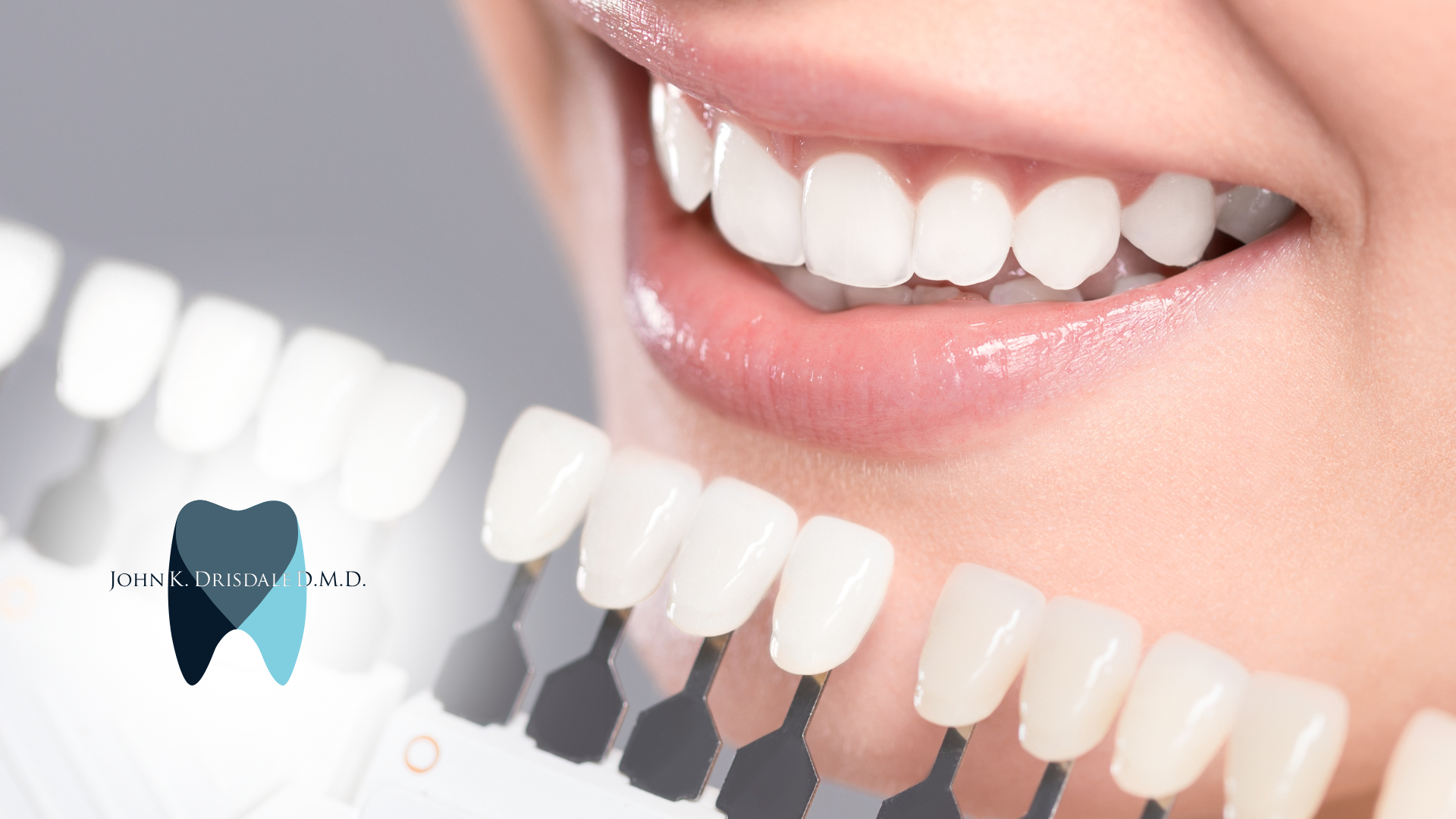Gum Grafting
Gum Grafting
In dentistry, gum grafting has emerged as a remarkable procedure within the field of
Restorative Dentistry, offering a wide range of benefits. It is a surgical technique that aims to restore receding or damaged gum tissue, providing an array of advantages that go beyond mere aesthetics. Let's delve into the world of gum grafting and explore the transformative benefits it offers.
Gum recession occurs when the gum tissue surrounding the teeth gradually wears away or pulls back, exposing the root surfaces. This not only affects the appearance of your smile but can also lead to tooth sensitivity, increased risk of decay, and compromised gum health. Gum grafting comes to the rescue by replacing the lost gum tissue and creating a healthy, natural gum line.
One of the primary benefits of gum grafting is the restoration of a balanced and harmonious smile. Receding gums can make teeth appear longer, uneven, or disproportionate. By grafting new tissue onto the affected areas, the gum line is raised, providing a more symmetrical and aesthetically pleasing frame for your teeth. This rejuvenation can significantly enhance your smile's appearance and boost your self-confidence.
Beyond cosmetic improvements, gum grafting offers significant oral health benefits. Restoring the gum tissue helps protect the exposed root surfaces, which are prone to sensitivity and decay. The newly grafted gum tissue acts as a protective barrier, reducing discomfort and safeguarding the vulnerable areas. Additionally, healthy gum tissue promotes better oral hygiene by preventing food debris and bacteria from getting trapped in recessed areas, reducing the risk of gum disease and related complications.
Gum grafting also helps to maintain the stability and longevity of your teeth. The gums provide support and protection to the tooth roots and underlying bone. By restoring the gum tissue, gum grafting helps prevent further recession and bone loss, preserving the overall structure of your teeth and preventing tooth loss.
The procedure itself typically involves three main types of grafts: connective tissue grafts, free gingival grafts, and pedicle grafts. The specific technique used will depend on the individual case and the goals of the treatment. During the procedure, the periodontist skillfully harvests tissue from the patient's own mouth or uses donor tissue to graft onto the receded areas. The newly placed tissue integrates with the existing gum tissue, promoting healing and the growth of healthy cells.
Gum grafting is a highly effective and long-lasting solution for receding gums. With advancements in dental techniques and materials, the procedure is now more comfortable and predictable than ever before. Most patients experience minimal discomfort and a relatively short recovery period.
If you're experiencing gum recession or are concerned about the appearance and health of your gums, consult with a skilled periodontist. They can evaluate your unique situation and determine if
gum grafting is the right solution for you. Rediscover confidence in your smile as gum grafting restores your gum tissue, improves oral health, and enhances the beauty of your smile's framework.



